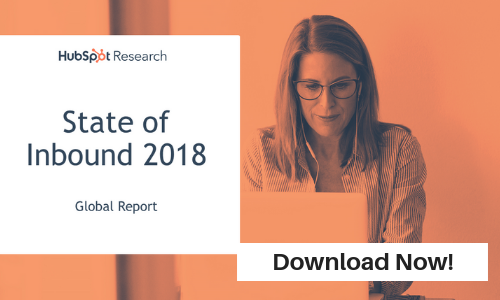
Understanding your customer is at the heart of any successful company. If you don’t really understand your target customer, how can you possibly develop products and services that they would want to buy? How can sell to them and support them if you don’t know what makes them tick?
The way a customer buys products, – the customer journey - is no longer just the responsibility of the marketing department. The marketing team may be the steward of the customer experience, but everyone in the company needs to understand it. The customer experience has become a cross-functional mandate from the top down.
Here are some tips to get a better grasp on your customer buyer’s journey.
Build a Customer Journey Map
A customer journey map is a visualization of the buyer’s journey -- the process by which companies attract, engage and retain customers. Developed using a combination of qualitative and quantitative data, the map identifies customer touchpoints so that you can create a seamless and frictionless experience.
Qualitative research includes interviewing customers to provide an “outside” perspective. Customer interviews with open-ended questions help to uncover customer needs, pain points, rationalization and any dissatisfaction found during the buyer’s journey. It helps you map the experience to specific internal organizations and identify issues that create dissatisfied customers.
Quantitative research uses data from web analytics, sales statistics and customer surveys. Get your CIO involved in the process; they may have more detailed data at their fingertips that shed light on each step of the journey.
Develop Buyer Personas
The next step is to develop detailed buyer personas. According to HubSpot, "A buyer persona is a semi-fictional representation of your ideal customer based on market research and real data about your existing customers."
A persona is a representation of prospective buyers who exhibit similar behavioral patterns in their purchasing decisions, behaviors, attitudes, goals and motivations, regardless of age, gender, education and other typical demographics.
The next step is to map these personas to the buyer’s journey.
The Changing Marketing Funnel And Marketing Flywheel
Marketing automation companies were the first to create and publish the standardized buyer’s journey. They helped organizations understand how to leverage digital tools, changing the marketing paradigm from outbound marketing (mass broadcast) to inbound marketing (bringing prospects to you). Until recently, the most popular standardized buyer’s journey from HubSpot was linear and was applied to the classic sales funnel. Marketing’s role would typically end when a marketing qualified lead was handed off to sales.
Last month, HubSpot updated its buyer’s journey. What started as a generalized four-step linear process -- attract, convert, close and delight -- is now a customer-centric flywheel -- attract, engage, delight. The HubSpot flywheel represents a circular buyer’s journey where customers feed growth. HubSpot has borrowed this strategy from Amazon's flywheel playbook and has applied it to the modern-day customer experience.
On the surface, this seems to be a minor change. However, it is a major shift in strategy that aligns marketing, sales and customer service. The customer journey doesn't end after the first purchase, it continues throughout the life of the customer. The marketer’s job has been redefined: to open and nurture relationships throughout the lifecycle. Ultimately, customer relationships power your business.
The new flywheel addresses and aligns customer-facing organizations to the buyer’s journey, but I would argue that the flywheel is not complete. Although not customer-facing, both the IT and product development organizations need to be a part of the flywheel -- and feed the flywheel -- to support the entire effort. Here is why.
Through digital transformation, CIOs are driving the technology used to create the customer experience. Because of this, IT needs to be integral to the development of the customer journey. The same is true for the product development team. They cannot work in a vacuum -- they need to have their finger on the pulse of the buyer’s journey to understand objections and support issues as it relates to the products and services offered.
Applying Tactics to The New Flywheel
Despite all of the new vocabulary, how do we deploy a set of tactics that generate leads and brand awareness using this new strategic model?
- Personalization: Once you understand your prospect’s needs and how they make decisions, you can create content and advertising that will educate and expose them to products or services that may interest them. This content is delivered at the right stage of the buying journey -- whether they are a prospect, considering your solution or an existing customer you are delighting.
- Real-Time Customer Engagement: Real-time engagement helps you develop relationships and make recommendations or offer advice during their journey. Use social media, real-time chat and pop-up offers to start the engagement.
- Customer Touchpoints: Data gives you a better view of how your customers are behaving at every stage of the buyer’s journey. Continually evaluate the effectiveness of your inbound strategy including calls to action, content offers and email. Data will also paint a picture of how your customers interact with your business, such as whether they are using mobile or desktop.
- Segmentation: Using data, you can tailor the customer experience depending on criteria such as the size of the deal. For example, for a large customer, you may want to create a direct-touch experience that goes beyond their expected customer service experience.
Creating a customer-centric organization requires everyone in the company to understand the needs, desires and motivators of your customers. Every organization plays a role in in the buying process and they need to become stakeholders in ensuring that you are delivering a smooth and frictionless experience. As marketers, it is our job to drive this process throughout the organization.
This article was originally published in Forbes.




